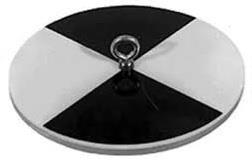Surface measurements. Atlas Scientific sensors
PatíCientífic is equipped with a Smart Citizen station for monitoring seawater quality developed by Fab Lab Barcelona.
Temperature
PT-1000 is a temperature sensor with a range from -200ºC to 850ºC. It is comprised of an ohmmeter that measures the electrical resistance of a platinum resistor. The electrical resistance of the platinum reveals its temperature.
The temperature of the sea surface can be used to interpret climate phenomena through the interaction between the sea and the atmosphere. In coastal areas, the sea has a climate regulating effect because it absorbs and releases heat more slowly than elements on the ground.
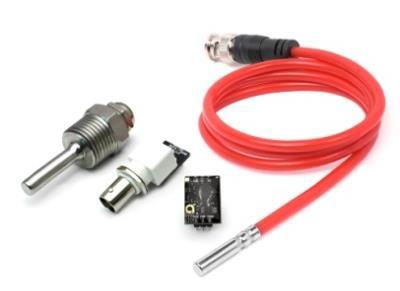
Conductivity – Salinity
Probe K-10 is a conductivity sensor with a range from 10 μS/cm to 1 S/cmthat can operate at temperatures between 1ºC and 110º at depths of up to 60 m. It is made up of two electrodes facing each other. When an alternating current is applied to them, the cations dissolved in the water approach the negative electrode and the anions flow towards the positive electrode. The conductivity of the water measured by the sensor allows the salinity to be determined.
Analysing changes in water salinity helps to understand how rain events alter the seawater and how long their effects last. The impactof the city’s wastewater outlet pipes can also be observed.
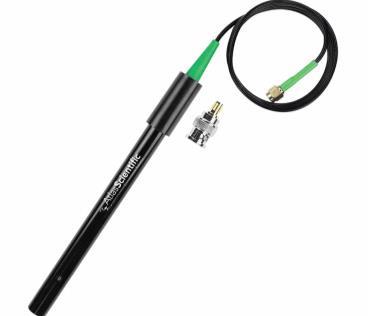
pH
The illustration shows the pH sensor, called Lab Grade pH Probe. It can measure pH values between 0 and 14 and operate at temperatures between -0ºC and 99ºC. A pH measuring instrument determines the number of hydrogen ions dissolved in a liquid. The end of the sensor has a glass membrane that allows only the smallest hydrogen ions to pass through. The difference in ion concentration betweenone side of the membrane and the other produces a small electric current whose intensity is proportional to its pH.
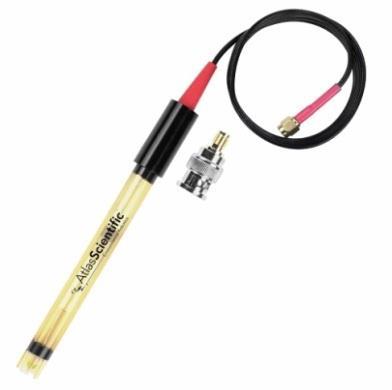
Dissolved oxygen
The Lab Grade Dissolved Oxygen Probe is a sensor for oxygen dissolved in water that can take measurements in a range of 0 to 100 mg/L with an accuracy of 0.05mg/L. It consists of a membrane, an anode bathed in an electrolyte and a cathode. The oxygen molecules dissolved in the seawater pass through the membrane and are reduced at the cathode, creating a voltage. By measuring this voltage, the amount of oxygen dissolved in the water can be determined.
Through the process of photosynthesis, phytoplankton, algae and marine plants produce oxygen which is eventually released into the atmosphere. Oxygen concentration in water varies with temperature and the number of pollutants in the water. Maintaining oxygen levels in water is crucial for the survival of aquatic organisms.
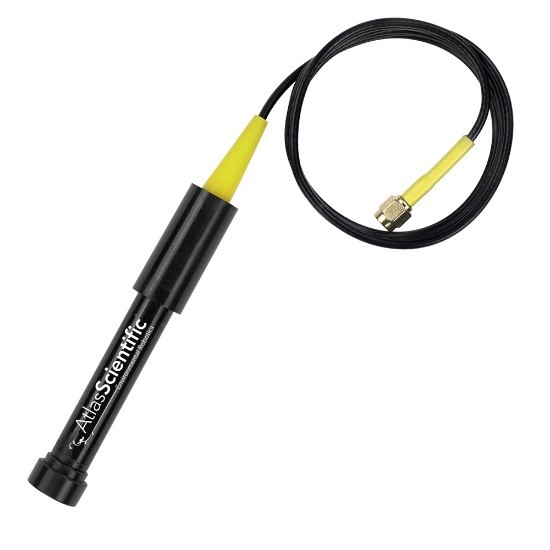
Depth measurements: The sensors developed by J. Puigdefabregas
Temperature changes in the water column are measured by a TD profiler (de l’anglès Temperature i Depth). Designed by Joan Puigdefabregas, this device consists of a Blue Robotics. temperature sensor and a pressure sensor. With the Patístopped, the sensors are lowered into the water to the desired depth to measure the temperature and pressure simultaneously. The pressure is used to calculate the depth.

Turbidity
Water turbidity, i.e.the number of particles dissolved in water, is measured by a Secchi disc. This disc has a 20 cm diameter divided into two white and two black quadrants. To use it, the boat must be stopped. The disc is dropped into the water until it is no longer visible from the surface. Then, the disc is raised until it is visible again. The mean value between the two depths is used to determine the degree of turbidity. For the Patí, the Forel-Ule scale is used, which calculates water turbidity with numbers from 1 to 21.
